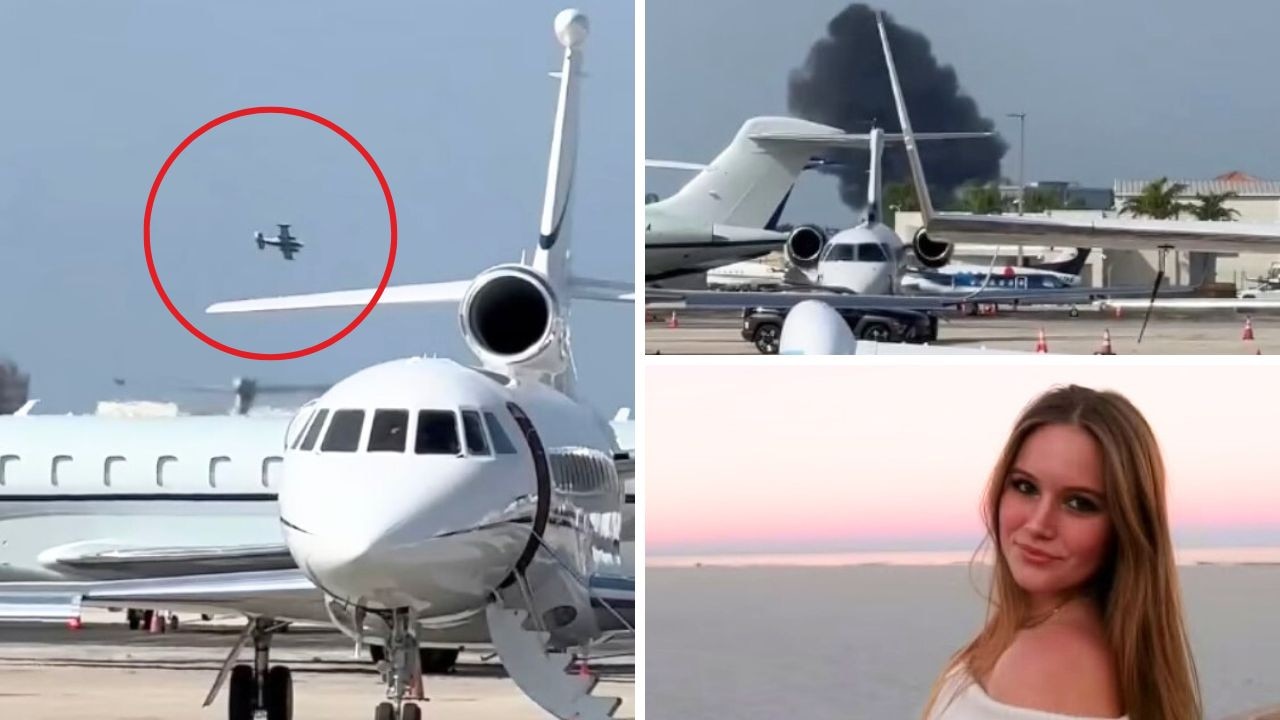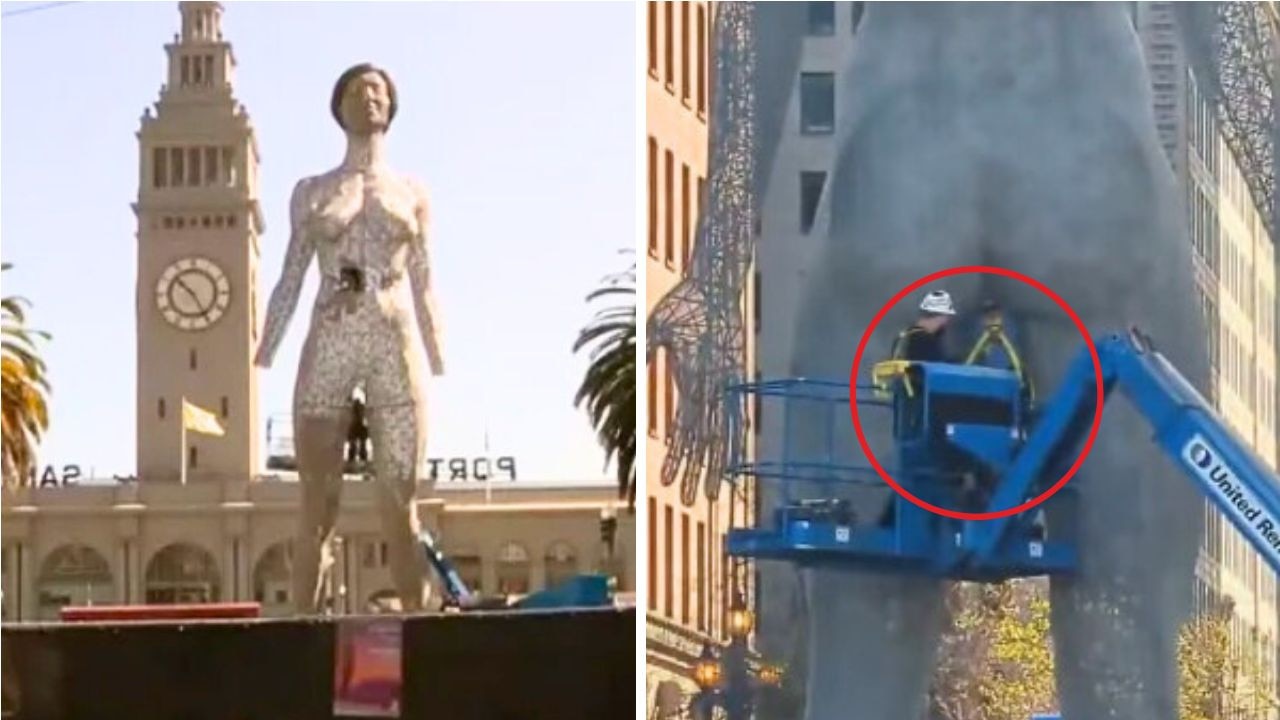Death, fame and fear: Dark world under New York streets
BENEATH the bustling city are abandoned tunnels and stations that harbour secrets of gruesome deaths, fame and alienation.
BENEATH the streets of New York City lies a secret world, harbouring dark secrets of death, celebrity and social alienation in mysterious, abandoned tunnels.
The subway is filled with disused stations, rusting cars encrusted with dirt and even a few scattered inhabitants, who have turned to a life underground.
In winter, New Yorkers are encouraged to open security doors to let homeless people on to platforms, for fear they could die in freezing conditions. But it isn’t just the poor who have made their homes in the bowels of the city.
The “mole people” were a set of disaffected souls who famously chose to live in the subway away from everyday life. They congregated at the empty 91st Street Station, repurposing the space with stolen asbestos for warmth.
According to legend, one ordinary businessman was walking home from work when he saw an open manhole and was irresistibly drawn to climb in, never to return to life above ground.


These subterranean dwellers are now officially gone, with tight post-9/11 security making it far harder to reach abandoned stations. But Gary Dennis, a subway veteran who took news.com.au on New York Adventure Club’s underground tour, says he recently spotted the remains of what looked like a bed at 91st Street.
“Getting access to abandoned or underground levels is harder than ever,” says his boss Corey Schneider. “A lot of people were going into them, having parties and getting into accidents. That’s caused MTA [Metropolitan Transportation Authority] to react.
“There’s a lot of fascination with the underground system.”
BLOOD ON THE TRACKS
Perhaps the most horrifying reason for that interest is the frequent and alarming presence of death in the subway. Passengers have been pushed on to the tracks during drunken brawls, lovers’ arguments, or in the case of Connie Watton — who died in November 2016 — by a stranger with a history of mental illness.
In 2012, the New York Post was vilified for publishing a photo of a man desperately trying to climb off the tracks seconds before he was killed by a speeding train.
There have been lucky escapes, too. Mary Downey miraculously avoided being crushed by the three subway trains that ran over her in 2014 after accidentally falling onto the tracks at Times Square station.
Suicides on the tracks are a common phenomenon, with the MTA looking into installing platform edge doors to resolve the problem, at a cost of billions.
Transit workers told the Associated Press in 2013 they had been left traumatised by unexpectedly coming across dead bodies stored in their break room or bathrooms.
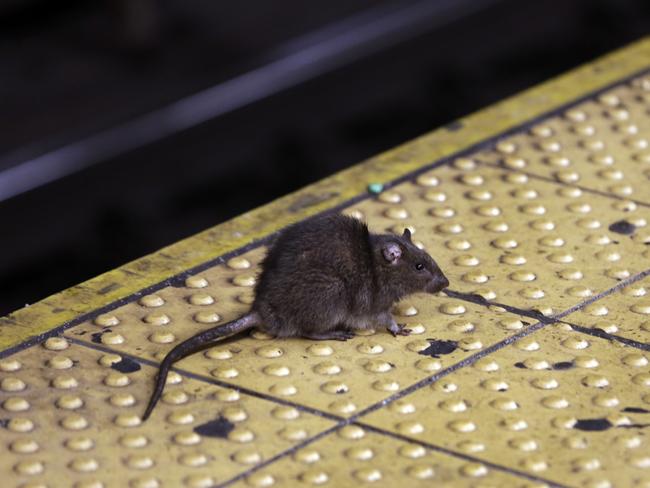

Then there is the ever-present threat of terrorism. Islamic State and other groups regularly warn of impending attacks. In December, Akayed Ullah, 27, botched the detonation of an explosive during the commuter rush on a Monday morning, injuring three people.
Cortlandt Street station was completely destroyed when the ceiling collapsed in on September 11.
Since 2011, the public safety warning “if you see something, say something” has become a New York catchphrase, and police regularly patrol the platforms for suspicious behaviour. Should a jihadist succeed, the loss of life could be monumental.
The worst crash took place in 1918, when a conductor who had never driven a train before lost control on the Brighton Line in Brooklyn, killing 97 people and injuring more than 200.
Human error, as well as technical failure, still causes deaths. In 1992, a driver was convicted of manslaughter when five died and 200 were injured after a terrifying ride in which he overshot platforms and rounded bends at speeds of 60km/h in 10km/h zones.
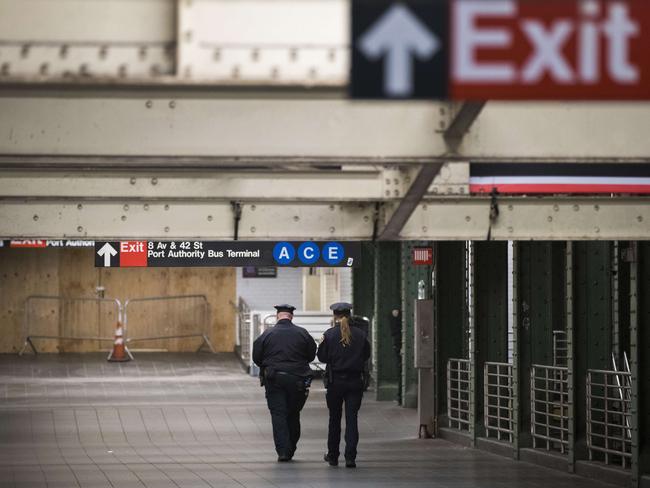
But the MTA has a problem. Thanks to decades of neglect and poor planning, the city’s subway system is a mess — overcrowded, filthy and broken. Many despair of whether it can ever be repaired.
“If this issue isn’t figured out, New York is going to slowly — not disappear — but it’s not going to grow, it’s not going to maintain its status,” says Corey.
“The subway is its backbone. It hasn’t been expanded in 50 years. It’s pretty pathetic.”
TRAPPED WITHOUT AIR AND LIGHT
In June last year, hundreds were left in darkness with no air-conditioning for almost an hour in New York’s brutally hot summer when a packed train stalled in a downtown tunnel. Chilling video showed passengers clawing at the doors to get out of the train when it finally arrived at the next station.
Weeks later, two cars veered off the tracks in Upper Manhattan, with at least 34 injured and governor Andrew Cuomo declaring the system in a “state of emergency”.
Passengers sick of constant delays began taking their lives in their hands and climbing out of carriages to walk down the rat-infested tracks. “I cannot stress enough how dangerous this is,” an MTA spokesperson told NBC News. “With a live third rail and the possibility of the train moving at any time, this individual could have been seriously injured or worse.”
S/b F train stuck for over an hour w/o light and air just rolled up-passengers dripping with sweat begging to get off #mta @MTA #effedtrain pic.twitter.com/NXJ3pDJtji
— Chelsea Lawrence (@chelseahbelle) June 5, 2017
During one meltdown last year, a massive 500 passengers took to the tunnels to flee the hellish underground, with 300 emergency personnel sent to assist in their escape.
In November, The New York Times published a major investigation into the subway crisis, exposing how politics and mismanagement had played havoc with the crumbling web of 100-year-old tunnels.
The system has the worst delays of any major city metro, and some of the highest fares. With 5.7 million riding the subway each day, it hovers on the edge of chaos, and is one of Sex and The City star Cynthia Nixon’s major platforms in the upcoming election battle for New York governor.
There are 10 permanent abandoned subway stations, as well as some temporarily shut for reconstruction after damage and disaster, including Hurricane Sandy flooding and September 11 destruction. Others have closed platforms or were never finished.
“The expansion really stopped in ’40s or ’50s,” says Corey. “It’s becoming a problem now, especially because Hurricane Sandy really expedited these infrastructure issues, you had decades of budget reduction at the MTA.”


He places much of the blame with 1920s urban planner Robert Moses, whose “car-centred vision” for New York meant a halt to the financing of mass transit.
Transport chief Andy Byford has been hired after his success in Toronto, London and as chief operating officer for RailCorp in New South Wales to try to reverse the damage.
He has a mammoth task ahead.
ROOSEVELT’S SECRET LIMO LIFT
Meanwhile, graffiti artists and urban explorers continue to risk electrocution or arrest to walk along the tracks to the subway’s secret stations, leaving behind surreal art that curious passengers can briefly glimpse as they speed past.
Tour guide Matt Levy snuck into several when he was younger, entering one by “walking to the end of a platform, ducking through a hallway, climbing over a fence and running down this long alley and climbing up a ladder.”
After a guerrilla art exhibition, the MTA concreted it up for good, The Levys’ Unique New York guide tells news.com.au. “They’re just disused, industrial, municipal spaces that the system outgrew,” he says.
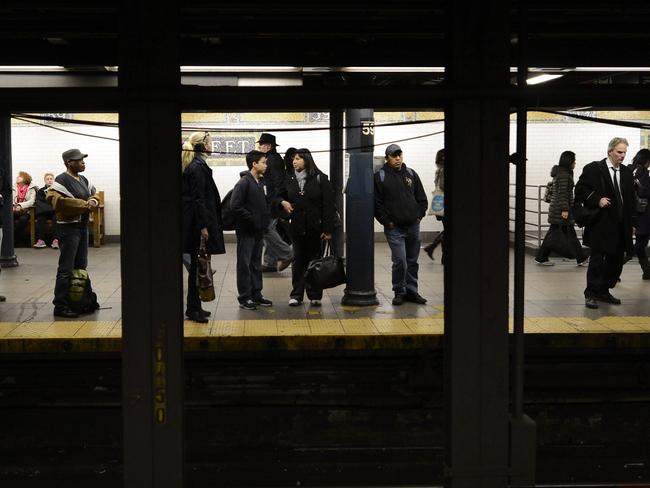

At the other end of the scale is the opulent City Hall, the grandest abandoned station lit with old-fashioned light bulbs set in chandeliers, but off limits to the public — except those who stay on the train for a look as it loops around.
The luxurious Waldorf-Astoria Hotel is situated on top of Track 61, an old loading dock used to smuggle notable visitors in and out of the building, where Andy Warhol held a party on the track in 1965.
President Franklin D Roosevelt used it to hide from the public the paralysis that had left him in a wheelchair, in the hope he would be re-elected. He would arrive beneath the hotel in a special train, and his limo would drive from the carriage into a private freight lift that would take him up into the building.
CLANDESTINE WARTIME BASEMENT
Thirteen stories below Grand Central is the deepest basement in New York, the clandestine M42, a hidden power station that does not appear on maps and played a vital role in World War II.
“They had these large converters down there and it was targeted,” Corey says. “If you compromised those generators, those converters, you would take down all the power to the Grand Central terminal network — essentially cripple the system.
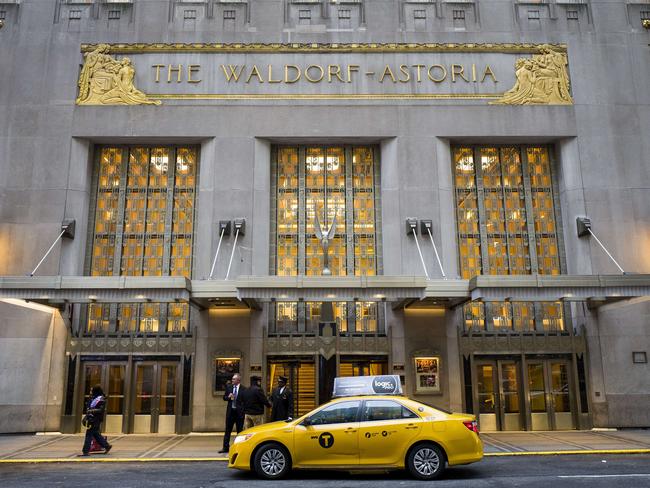
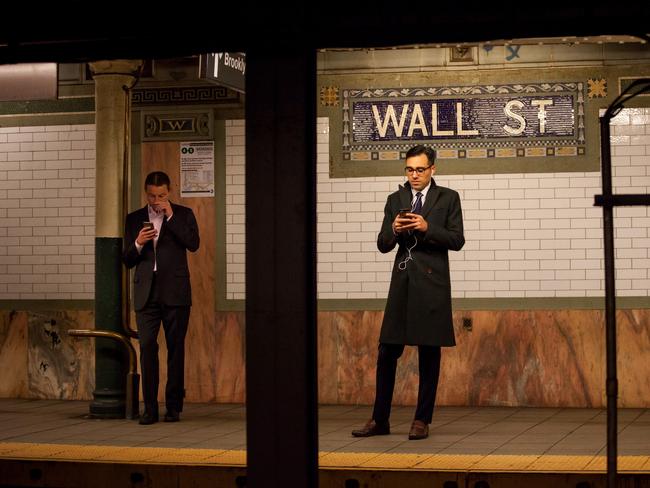
“That room was guarded by armed soldiers. There was an attempt — it was known spies had infiltrated the US via Long Island. The Government knew spies could compromise locations like that. It turned out attempts were made but, unfortunately for the spies, guards checked their bags.”
They found sand, which could have been thrown into the converters and caused a network failure, ruining transportation of passengers and supplies key to the war effort.
While it’s unlikely someone could cause such damage today, the subway remains full of intrigue. At Times Square, you can still spot the secret “Knickerbocker” door that led to a bar where F Scott Fitzgerald and John Rockefeller once drank. “The subway used to connect to a lot of private buildings,” Corey says. “Many of those shut down for security reasons.”
These days, the only people who can easily gain access to the abandoned spots are staff or big-budget movie crews shooting movies in this spooky and atmospheric space.
But that doesn’t mean others don’t flit through this ghostly second city, living a separate existence from the bustling masses above.


